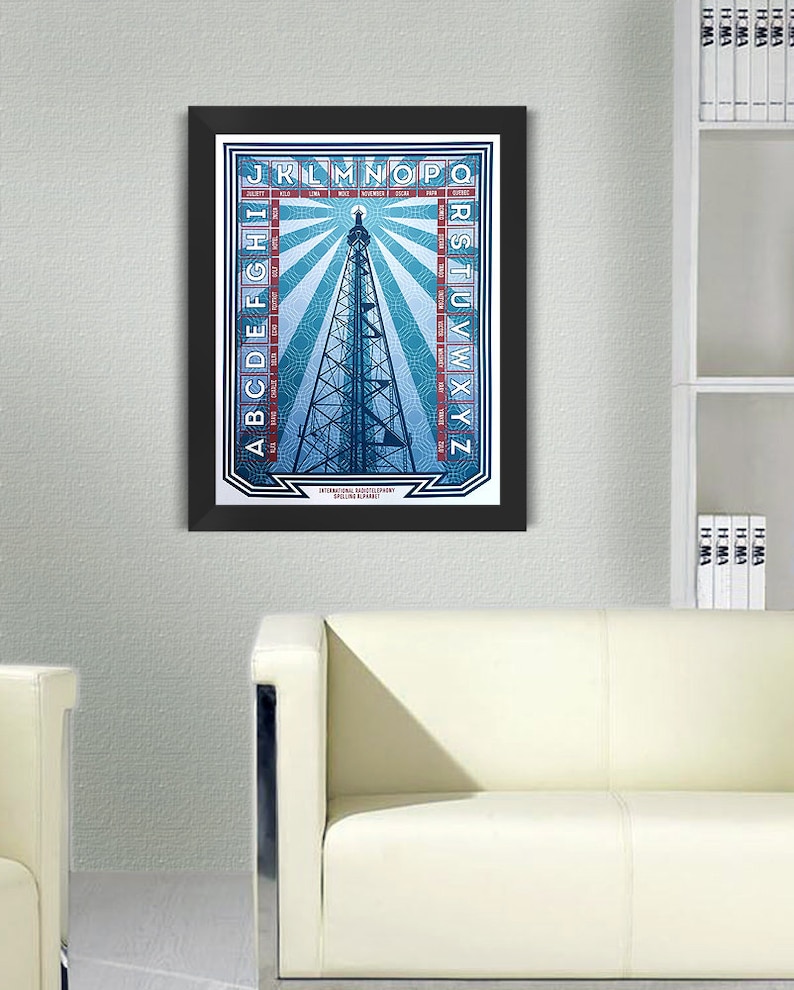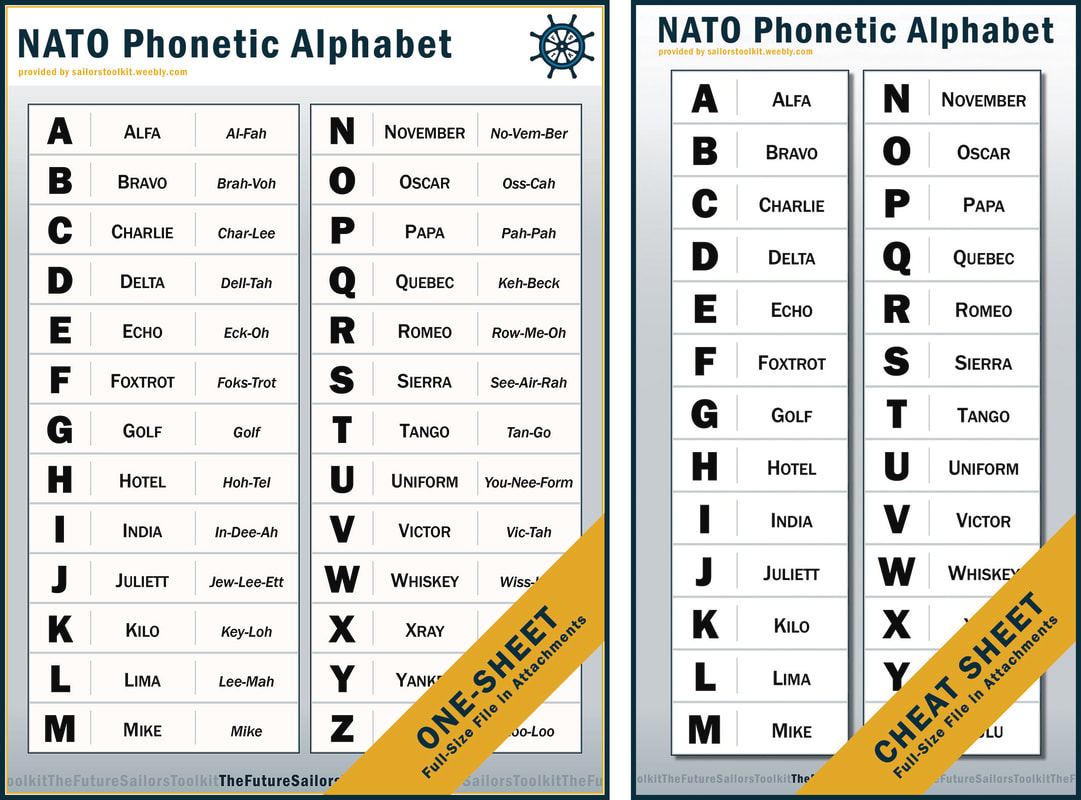

- International radiotelephony spelling alphabet full#
- International radiotelephony spelling alphabet free#
That new alphabet hit a spot of turbulence, though, as many pilots disliked it and reverted to the one they had been using previously. Jean-Paul Vinay of the University of Montreal, a noted professor of linguistics, was charged with creating a new alphabet equivalency list and completed it in 1951. Who made it up?Īs an agency of the United Nations, it made sense for the International Civil Aviation Organization (ICAO) to create a standardised alphabet, one which – even if made of English words – had sounds common to all languages and so could be spoken and pronounced internationally no matter what nationality the pilot. This also came to be used in civil aviation, but confusion continued, not least by the use of a separate English alphabet in South America. The RAF developed an alphabet based on both of these but when the US Air Force joined the war, all Allied Forces adopted what became known as the Able, Baker alphabet. Why did it need to be standardised?ĭuring the First World War, the Royal Navy used an alphabet that began Apples, Butter and Charlie, while British infantrymen in the trenches had their own version, which started Ack, Beer and Charlie. Radio communications have moved on in terms of technical sophistication since then, but the alphabet is still in place in case of confusion, error or bad reception to make sure the correct message is transmitted, received and understood. While not technically a phonetic alphabet (which helps individuals in the pronunciations of words), the Nato alphabet meant differences in accents, languages and pronunciations stopped being a problem.

It was created as a standardised way for aircrews around the world to make themselves recognised and understood. Here is how the words were chosen and how the alphabet has evolved. The North Atlantic Treaty Organisation (Nato) formally adopted the final version of the International Radiotelephony Spelling Alphabet - better known as the Nato phonetic alphabet or simply the Alpha, Bravo, Charlie alphabet - on 1 January 1956.īut said that “agreement on the words used was not entirely straightforward, with some words sparking strong debate”, and many of them have changed over time. To that end, the phonetic alphabet holds vital significance among militaries across the world – and has done for more than six decades. With 30 countries making up the organisation, effective communication between them is key. Go here to learn more about our design process.The build-up of troops on the Russia-Ukraine border has revitalised Nato, the military alliance that looked to be faltering, or even in a terminal decline, only a few months ago. Please contact us if you are interested in re-branding or would like to pursue commercial distribution of the poster. Printing generously donated by the good folks at Color Services Photo Lab in Santa Barbara. The poster was designed at Outside Open in Santa Barbara by Greg Lawler, Katherine Wang and Chris Ragland with production in Adobe InDesign by Katherine and Chris.
International radiotelephony spelling alphabet free#
For a limited time, Color Services Photo Lab has partnered with us and will ship you a free poster for the cost of S&H only! We enjoy giving back to the community and have released the poster and assets for free. In addition to the phonetic alphabet, we have added other useful tools for those seeking to learn morse code, naval semaphores and letter flags.

With the honest fine tuned functionality of industrial design in mind, we set out to design a fresh take on the International Radiotelephony Spelling Alphabet, otherwise known as the NATO Phonetic Alphabet.
International radiotelephony spelling alphabet full#
At Outside Open we LOVE industrial design! Our office is full of classic examples from the beautiful 230lb fire hydrant to the classic 1947 bakelite rotary telephone.


 0 kommentar(er)
0 kommentar(er)
